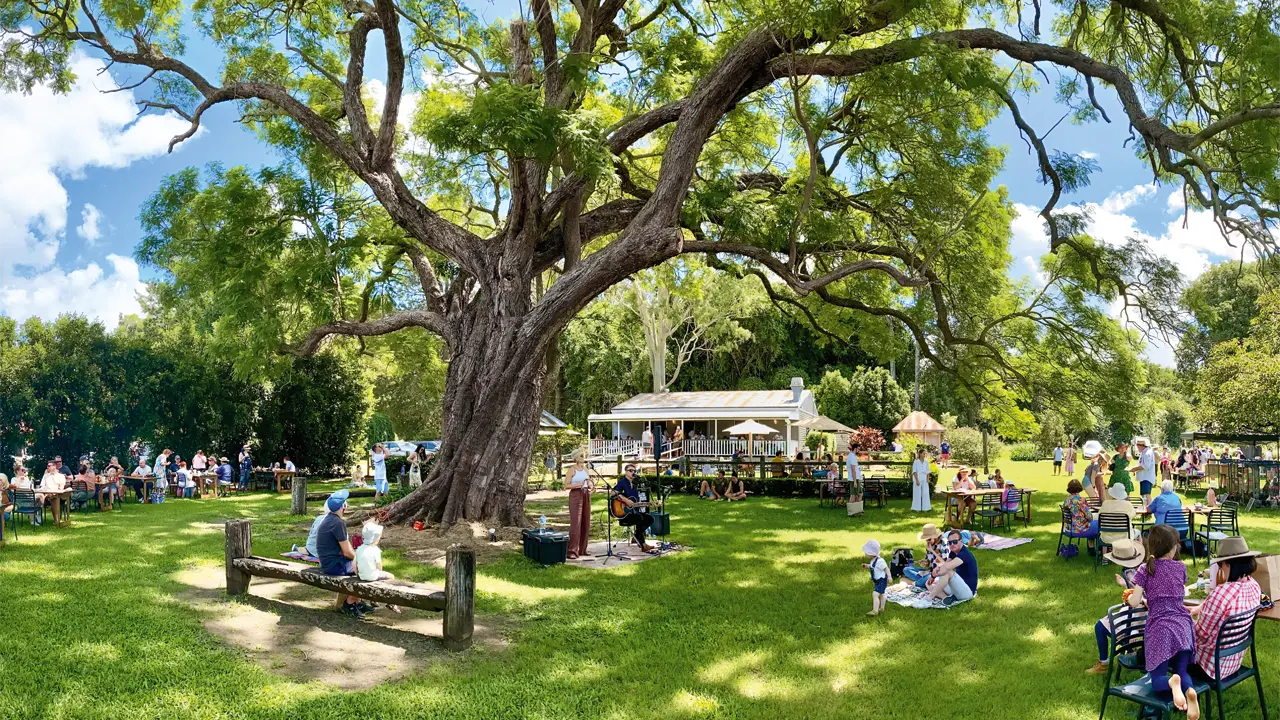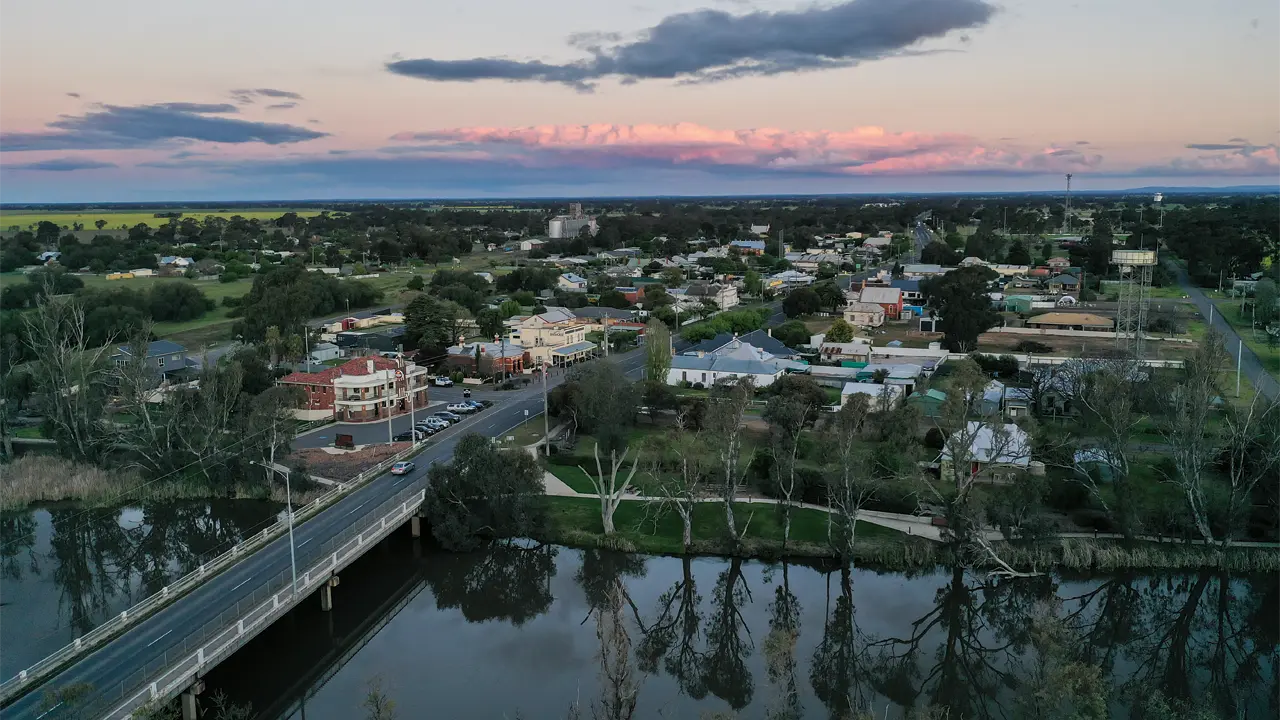As well as pioneering the settlement much of Australia’s far north, Ernest Favenc captured the spirit of the Australian frontier in history and fiction. But he paid a price for being modest about his own achievements.
Story By Peter Monteath
In the last years of his life there was not much about Ernest Favenc to suggest that he had pioneered the exploration and settlement of Australia’s Outback, especially in the far north. The residents of the Sydney suburb where he lived became accustomed to the figure of “a tall thin stooping man, drawn face, and short grey beard, making its way with the help of a stick, and strangely feeble steps down Kellett Street and William Street”.
That, at least, was how Favenc’s obituary described him in 1908, soon after his death at the age 62. In reality that frail body had once been that of a rugged and skilful bushman, who had not only led numerous expeditions into the north but had captured the spirit of the Australian frontier in history and fiction. With good reason he has been dubbed “the Lawson of the Far Outback”.
For his drift into obscurity Favenc had himself to blame, at least in part. When he wrote a remarkably erudite and informative history of Australia’s explorers, he was strangely modest about his own contribution. By then – 1888 – he had already undertaken expeditions which had helped Australians understand not just the landscapes and contours but also the possibilities offered by the settlement of the far north.
It was a newspaper proprietor who bankrolled Favenc’s first major expedition to the north. Gresley Lukin of The Queenslander wanted to develop the northern regions, even to the extent of building a railway line stretching from Brisbane to Port Darwin. He sent Favenc to explore that possibility. Although English-born, Favenc had gathered vast outback experience before Lukin’s approach, and he soon proved himself the right man for the job.
In the company of three others Favenc left Blackall in July 1878, his destination Palmerston. That meant heading north-west to the Burke River and then the Herbert (now the Georgina), which the explorers followed further north. In January of 1879 the party finally pushed west across dry country to reach the Overland Telegraph Line, along which they trekked north to Palmerston. Despite the hardships endured, Favenc evidently delivered an upbeat account of the land and its potential. Lukin passed on to his readers the view that, “the whole interior is capable of being immediately transformed into one vast sheep and cattle run, and in due course much of it will no doubt be fit for agriculture. The country is there: it is for us to go to and take possession of it”.
This story excerpt is from Issue #55
Outback Magazine: Oct/Nov 2007







